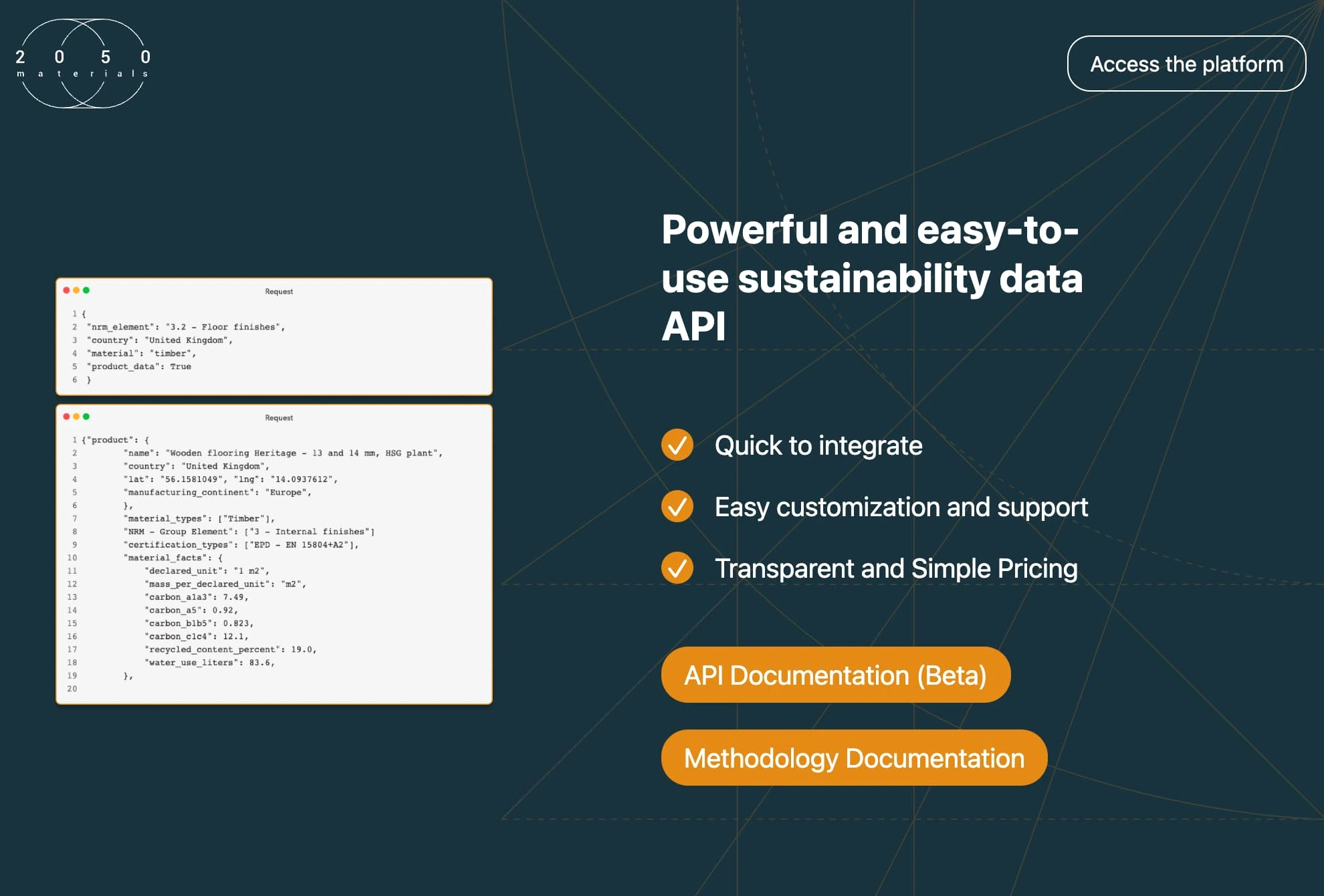Data Standards Conundrum: A Hurdle to Real Progress?

Source: xkcd
The construction sector, particularly the Building Information Modelling (BIM) niche, has long grappled with the challenge of establishing consistent data standards. At a glance, standards sound like the ultimate solution — a unified approach promising interoperability, streamlined processes, and an integrated industry framework. However, as depicted in a humorous yet insightful comic, the pursuit of the ‘perfect’ standard may be holding us back more than we realize.
The comic paints a familiar scenario: industry professionals recognizing an overwhelming number of competing standards and rallying to develop one all-encompassing standard. Ironically, instead of simplifying matters, this just adds another standard to the mix. This comedic spin on the industry’s real-life challenge holds an important lesson: the perpetual chase for the ‘ultimate’ standard can actually proliferate the very problem it seeks to solve.
Why is this happening in the AEC sector?
- Diverse Stakeholders: The BIM industry is composed of architects, engineers, contractors, and various other stakeholders. Each group has its own preferences, tools, and methodologies, leading to the creation of multiple ‘ideal’ standards.
- Rapid Technological Progress: As technology advances, new tools and methods emerge. Instead of adapting existing standards to these changes, the industry often ends up creating new ones to fit the latest innovations.
- Lack of Universal Applicability: What works for one project or region might not necessarily fit another. This leads to the development of multiple standards catering to specific needs, further fragmenting the landscape.
In the push for progress, it’s essential to recognize that sometimes, the best way forward is to consolidate and simplify. Instead of aiming for a myriad of ‘perfect’ standards, the BIM sector might benefit more from a flexible, adaptable framework that accommodates evolving needs.
In conclusion, while standards are undeniably crucial, the BIM industry’s obsession with continually creating new ones might be its Achilles’ heel. It’s time to prioritize consolidation and flexibility over perfection. Only then can we truly accelerate progress.
2050 Materials’ Role in Supporting the Progress of the BIM Industry
With its API-first strategy, 2050 Materials aims to advance the BIM industry. Our library of climate data on building materials is the largest and highest-quality because we combine lifecycle assessment calculations with AI-powered data collection technologies. Our API makes it simple to incorporate this data into your current BIM workflows, allowing for real-time embodied impact estimates.
Reach out to us at api@2050-materials.com and let’s push the progress in the BIM industry together.

2050 Materials’ API
Related articles

Climate-Resilient Materials for the Built Environment: A Data-Centred Prime
As climate volatility intensifies, resilience metrics are fast becoming as critical as carbon data in material selection. This article outlines why adaptation is now a design imperative, how materials can be evaluated through a systems lens, and what KPIs project teams should demand. From self-healing concrete to fire-rated façades, we present a structured taxonomy of resilient materials, explain how to embed this intelligence into digital design workflows, and propose next steps for specification, benchmarking, and procurement.
Read more
The Most Interesting Low Carbon Products in Office Design
In this article and collection, we highlight 11 outstanding products that contribute to a lower carbon footprint in office design.
Read more
Top Low Carbon Building Boards: Performance, Benefits, and Use Cases
The building boards highlighted in this article and collection showcase low-carbon innovation in modern construction.
Read more